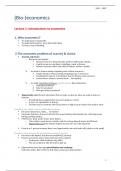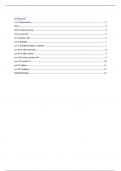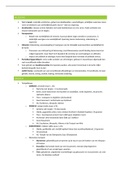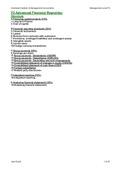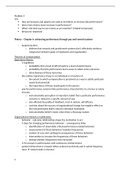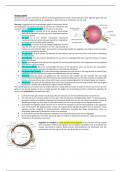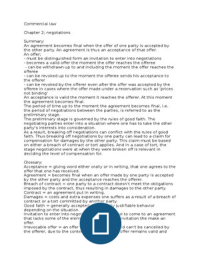Samenvatting
Samenvatting Cursus Bioeconomics
- Vak
- Instelling
Dit is een cursus/samenvatting van het vak Bioeconomics gebaseerd op de slides van het vak. Voor bio-ingenieurs maar ook andere richtingen hebben dit vak ook (ik weet niet exact wie)
[Meer zien]
